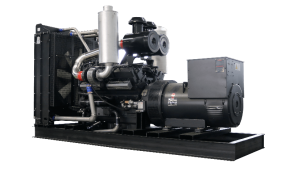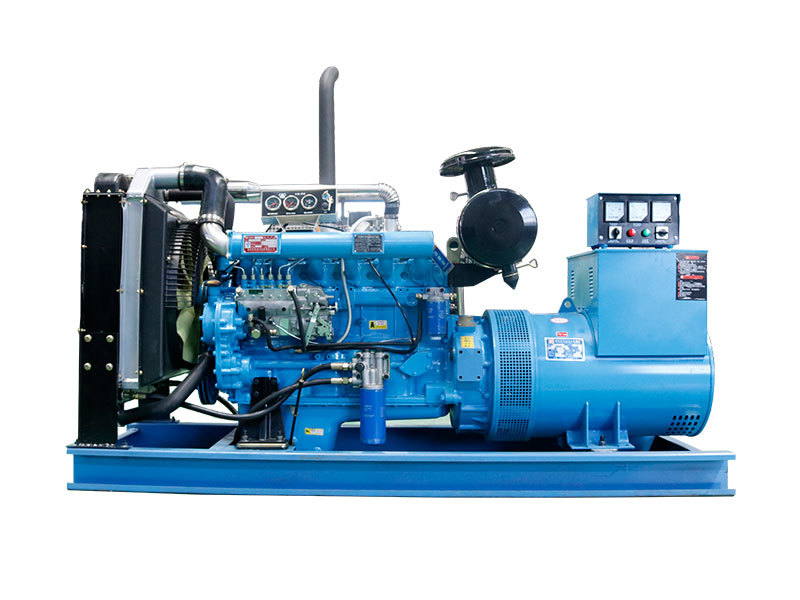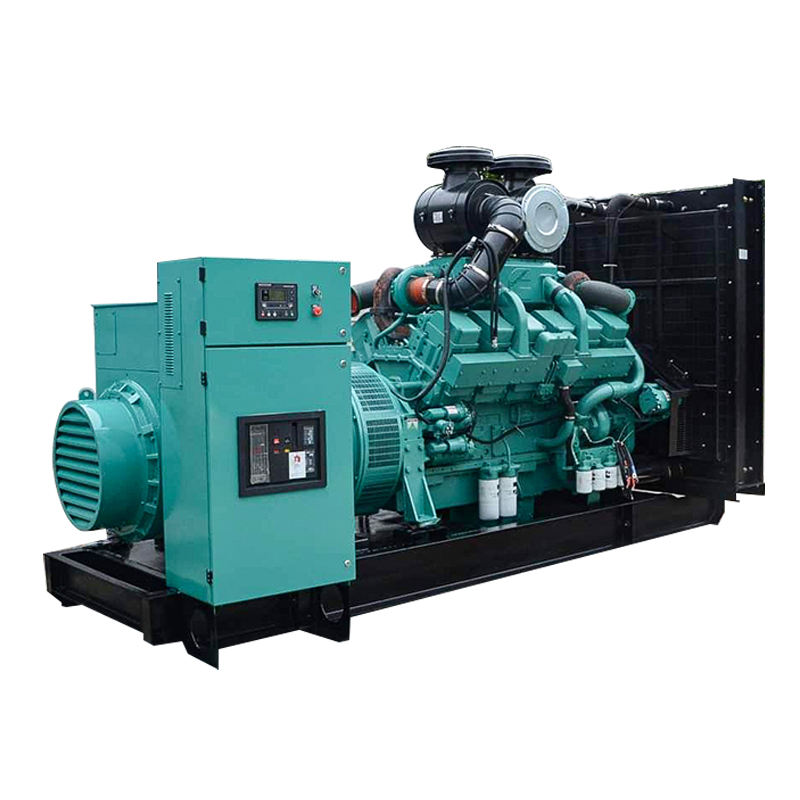Unlocking Uninterrupted Power: Your Ultimate Guide to Generator Set Solutions
In today's interconnected world, reliable power isn't just a convenience; it's the backbone of virtually every operation, from critical healthcare facilities to bustling data centers and manufacturing plants. A sudden power outage can lead to significant financial losses, compromised safety, and irreparable damage to reputation. This is precisely where robust generator set solutions step in, offering a lifeline that ensures continuity and resilience against the unpredictable nature of power grids.
Have you ever wondered what truly keeps essential services running when the lights go out elsewhere? It's often a meticulously planned and expertly implemented generator system. Frankly speaking, relying solely on utility power is a gamble many businesses simply cannot afford to take. This comprehensive guide will delve deep into the world of generator sets, exploring everything from their fundamental components to the intricate details of designing, installing, and maintaining a solution tailored to your specific needs. We'll explore why investing in top-tier generator set solutions isn't just about having a backup, but about securing your operational future.
Understanding the Core: What Are Generator Sets?
At its heart, a generator set, often abbreviated as a "genset," is an integrated unit comprising an engine and an alternator (also known as a generator). The engine converts fuel into mechanical energy, which the alternator then transforms into electrical energy. It’s a marvel of engineering designed to provide electricity independently of the main grid, either as a primary power source or, more commonly, as a standby or emergency backup system.
Types of Generator Sets: Powering Your Needs
The market offers a diverse range of generator sets, each with distinct advantages suited for different applications. The most common types include:
- Diesel Generators: These are workhorses, known for their durability, fuel efficiency, and long lifespan. They are ideal for heavy-duty, continuous operations and are a popular choice for industrial power generation and large commercial facilities. Diesel is stable and less flammable than gasoline, making it a safer option for many environments.
- Natural Gas Generators: Increasingly popular due to environmental considerations and the availability of natural gas pipelines, these generators offer cleaner emissions and can run continuously if connected to a reliable gas supply. They are often favored for residential, commercial, and some industrial applications where natural gas infrastructure is present.
- Propane Generators: While less common for large-scale industrial use, propane generators are excellent for smaller commercial needs or remote locations where natural gas isn't available. They offer clean burning and long-term storage without degradation, unlike diesel.
- Bi-Fuel Generators: These innovative systems can operate on a blend of two fuels, typically diesel and natural gas. This offers flexibility, allowing users to optimize fuel consumption based on cost and availability, and can extend runtime significantly.
- Hybrid Generator Systems: Integrating traditional generator sets with renewable energy sources like solar or wind, and often battery storage, these systems offer unparalleled efficiency and environmental benefits. They are particularly effective for off-grid applications or for reducing fuel consumption in grid-tied systems.
Key Components and How They Work
Beyond the engine and alternator, a modern generator set is a complex system of interconnected parts:
- Fuel System: Stores and delivers fuel to the engine, including tanks, pumps, and filters.
- Cooling System: Prevents overheating, typically using a radiator and fan, crucial for prolonged operation.
- Exhaust System: Manages and expels exhaust gases safely, often including mufflers to reduce noise.
- Lubrication System: Keeps engine components well-oiled to reduce friction and wear.
- Control Panel: The brain of the genset, monitoring parameters, starting/stopping the unit, and providing diagnostic information. Modern panels often feature advanced digital controls and remote monitoring capabilities.
- Automatic Transfer Switch (ATS): A critical component for standby systems. The ATS detects utility power outages and automatically switches the load to the generator, then seamlessly transfers back when utility power is restored. This ensures truly uninterrupted operation.
The synergy of these components ensures that when the grid fails, your operations don't. Interestingly enough, the evolution of these systems has made them incredibly reliable and user-friendly, a far cry from the noisy, temperamental machines of old.
Why Comprehensive Generator Set Solutions Are Non-Negotiable
The value of robust generator set solutions extends far beyond simply having backup power. They are strategic assets that protect revenue, ensure safety, and maintain operational integrity. Many experts agree that the cost of downtime, even for a few hours, can far outweigh the investment in a reliable power solution.
Ensuring Business Continuity and Operational Resilience
For businesses, continuity is king. A power outage can halt production, disrupt supply chains, and lead to significant financial losses. For critical infrastructure, the stakes are even higher. Think about hospitals, data centers, or emergency services. Their ability to function without interruption is literally a matter of life and death or national security.
In my experience, a well-designed generator solution provides the peace of mind that operations will continue seamlessly, regardless of external power fluctuations or failures. It’s about building resilience into your infrastructure, making your business impervious to grid vulnerabilities.
Critical Applications and the Cost of Downtime
Let's consider some sectors where reliable power is paramount:
- Healthcare Facilities: Hospitals, clinics, and laboratories require continuous power for life support systems, operating rooms, diagnostic equipment, and medication storage. A power failure here is catastrophic.
- Data Centers: These are the nerve centers of the digital world. Even a momentary power dip can corrupt data, cause system crashes, and lead to massive financial and reputational damage for cloud providers and their clients. This is where robust emergency backup power systems are absolutely vital.
- Manufacturing and Industrial Plants: Production lines, often automated and interconnected, can suffer immense losses from unexpected shutdowns. Restarting complex machinery and processes can take hours, leading to lost production and wasted materials.
- Telecommunications: Cell towers and communication hubs need constant power to ensure emergency services, internet, and phone lines remain operational, especially during natural disasters.
- Retail and Hospitality: While seemingly less critical, power outages can lead to lost sales, spoiled inventory (for food businesses), security breaches, and a severely diminished customer experience.
The cost of downtime isn't just about lost revenue; it includes data recovery expenses, equipment damage, regulatory fines, and the intangible cost of damaged customer trust. Frankly speaking, these costs can quickly escalate into millions, making the investment in robust generator set solutions an undeniable economic imperative.
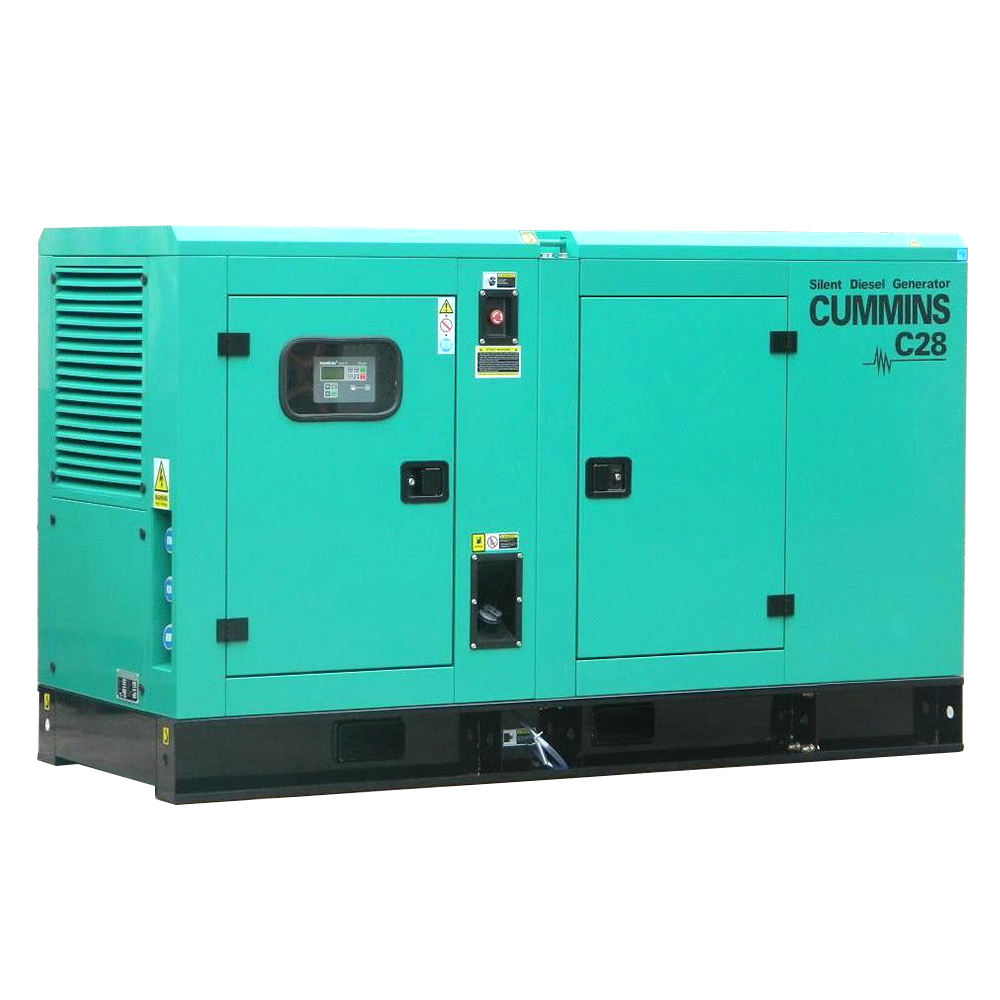
The Pillars of a Robust Generator Set Solution
Implementing effective generator set solutions involves much more than just purchasing a unit. It requires a holistic approach encompassing careful planning, expert installation, and ongoing maintenance. This is where the true value of a comprehensive provider comes into play.
Sizing and Specification: Getting It Right
One of the most common mistakes I've found is improper sizing. An undersized generator won't meet your power demands, leading to overload and potential failure. An oversized one, while seemingly safe, is inefficient, consumes more fuel than necessary, and can suffer from "wet stacking" (unburnt fuel buildup) due to light loading, reducing its lifespan. Proper sizing requires a detailed load assessment, considering:
- Total Connected Load: Sum of all equipment that needs to be powered.
- Starting (Inrush) Current: Many motors and inductive loads require significantly more power to start than to run.
- Load Type: Resistive, inductive, or non-linear loads all behave differently.
- Future Expansion: Anticipating growth helps future-proof your investment.
- Runtime Requirements: How long will the generator need to operate? This impacts fuel tank size.
This initial phase is critical for ensuring the longevity and efficiency of your industrial power generation system.
Installation and Integration: Beyond Just Plugging In
Once sized, the generator needs to be installed correctly. This involves:
- Site Preparation: Ensuring a stable, level foundation, proper ventilation, and adequate space for maintenance.
- Fuel System Integration: Connecting to fuel tanks, ensuring safe piping and compliance with codes.
- Electrical Connections: This is complex, involving the generator, the ATS, the main electrical panel, and grounding. It must comply with all local and national electrical codes to prevent hazards.
- Exhaust System Installation: Proper routing and insulation of exhaust pipes to safely vent gases away from occupied areas.
- Noise Attenuation: Implementing sound-reducing enclosures or barriers, especially in urban or noise-sensitive environments.
A professional installation ensures safety, compliance, and optimal performance. It's worth noting that cutting corners here can lead to dangerous situations and costly failures down the line.
Maintenance and Support: The Lifeline of Your System
A generator set is a mechanical system that requires regular attention to remain reliable. Just like a car, it needs oil changes, filter replacements, and general check-ups. A comprehensive maintenance plan typically includes:
- Routine Inspections: Checking fluid levels, belts, hoses, and general condition.
- Load Bank Testing: Periodically running the generator at or near its full capacity to ensure it can handle the load when needed. This also helps burn off unburnt fuel and lubricates components.
- Fuel Quality Management: Ensuring fuel is clean and free of contaminants, especially for diesel, which can degrade over time.
- Battery Checks: The starting battery is crucial; it must be charged and in good condition.
- Software Updates and Diagnostics: For modern, digitally controlled units.
Proactive maintenance prevents costly breakdowns and extends the life of the equipment. Many providers offer service contracts, which I highly recommend for peace of mind.
Remote Monitoring and Automation: Smart Power Management
Modern generator set solutions often incorporate advanced remote monitoring and automation capabilities. This allows operators to:
- Monitor generator status, fuel levels, and performance metrics from anywhere.
- Receive alerts for potential issues, enabling proactive intervention.
- Schedule automatic exercise runs to keep the unit ready.
- Integrate with building management systems (BMS) for centralized control.
This technology significantly enhances reliability and reduces the need for constant on-site checks, optimizing operational efficiency. For facilities requiring specific power outputs or unique operational parameters, exploring custom generator configurations can lead to highly efficient and tailored solutions.
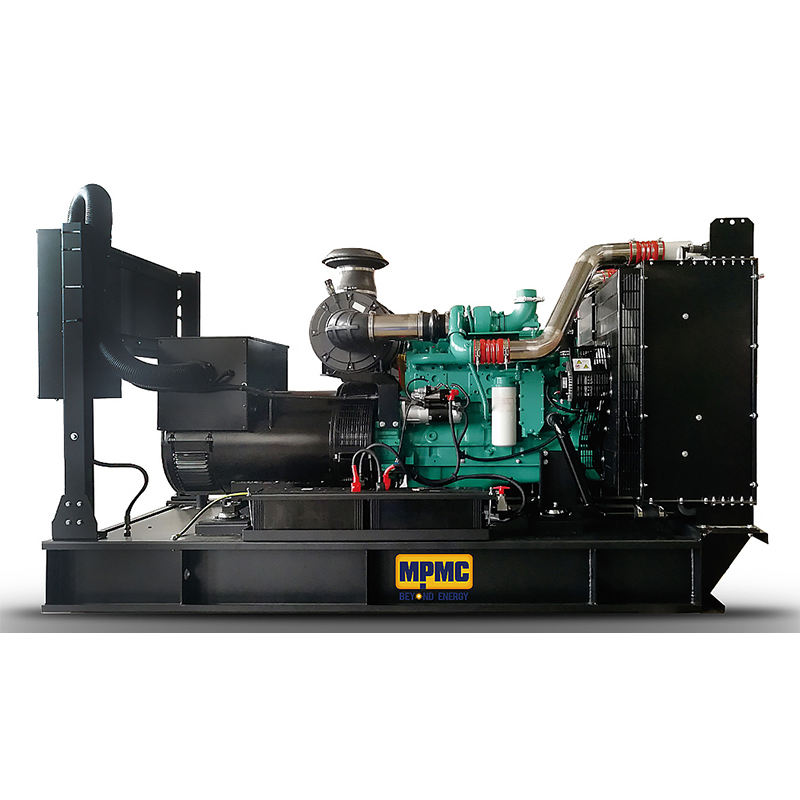
Navigating the Challenges and Future Trends in Power Generation
The landscape of power generation is constantly evolving, driven by environmental concerns, technological advancements, and the increasing demand for resilient infrastructure. Understanding these trends is key to future-proofing your generator set solutions.
Environmental Considerations and Compliance
Emissions regulations are becoming stricter globally. This impacts the choice of fuel, engine technology, and exhaust treatment systems. Diesel generators, while robust, are subject to stringent EPA and local air quality standards, often requiring advanced emission control technologies. Natural gas and bi-fuel options offer cleaner alternatives. It’s crucial to work with providers who are well-versed in current and upcoming environmental compliance requirements to avoid penalties and ensure sustainable operations.
Hybrid and Renewable Integration
The future of power generation is increasingly hybrid. Integrating generator sets with renewable energy sources like solar PV and battery energy storage systems (BESS) offers significant advantages:
- Reduced Fuel Consumption: Generators can run less frequently, relying on renewables and stored energy.
- Lower Emissions: A smaller carbon footprint.
- Enhanced Reliability: Multiple power sources provide redundancy.
- Peak Shaving: Generators can be used to offset peak demand charges from the utility.
This trend is particularly relevant for businesses looking to enhance their sustainability profile while maintaining robust backup capabilities.
The Role of AI and Predictive Maintenance
Artificial intelligence (AI) and machine learning are transforming generator maintenance. Sensors collect vast amounts of data on engine performance, fuel consumption, vibration, and more. AI algorithms can analyze this data to predict potential failures before they occur, enabling predictive maintenance rather than reactive repairs. This minimizes downtime, optimizes maintenance schedules, and extends equipment life. For industrial power generation, this shift from reactive to proactive maintenance is a game-changer.
Choosing Your Partner for Generator Set Solutions
Given the complexity and criticality of these systems, selecting the right partner for your generator set solutions is paramount. This isn't just a transactional purchase; it's a long-term partnership.
What to Look For in a Provider
When evaluating potential partners, consider the following:
- Expertise and Experience: Do they have a proven track record in designing, installing, and maintaining generator sets for businesses similar to yours? Look for certifications and industry recognition.
- Comprehensive Services: Do they offer a full suite of services, from initial consultation and load assessment to installation, commissioning, and ongoing maintenance and support? A single point of contact simplifies the process.
- Product Range: Do they offer a variety of generator types and sizes from reputable manufacturers to ensure you get the best fit for your specific needs?
- 24/7 Support: Power outages don't adhere to business hours. Does your provider offer round-the-clock emergency support?
- Compliance Knowledge: Are they up-to-date with all relevant environmental, electrical, and safety regulations?
- Customization Capabilities: Can they provide custom generator configurations if your needs are unique or complex?
The Value of a Holistic Approach
A truly valuable partner will take a holistic approach, understanding your operational needs, budget constraints, and future growth plans. They won't just sell you a generator; they'll provide a complete power strategy. This includes everything from initial site surveys and detailed engineering plans to post-installation training for your staff and proactive maintenance schedules. To be honest, this comprehensive approach is what differentiates a mere vendor from a true power solutions partner.
In conclusion, investing in robust generator set solutions is a strategic decision that safeguards your operations, protects your assets, and ensures continuity in an unpredictable world. From understanding the nuances of different generator types to embracing advanced monitoring and maintenance, every aspect contributes to a resilient power infrastructure. Don't wait for the lights to go out to realize the importance of reliable backup power. Proactive planning and partnership with experienced professionals are key to securing your power future.
For more detailed information, please visit our official website:Generator set solutions
About the author: Johnathan Power is a seasoned expert in industrial power generation and emergency backup systems, with over 20 years of experience designing and implementing critical power infrastructure. His expertise spans across various generator technologies, remote monitoring, and sustainable energy integration. Johnathan is passionate about helping businesses achieve uninterrupted operations and resilience through cutting-edge generator set solutions.
